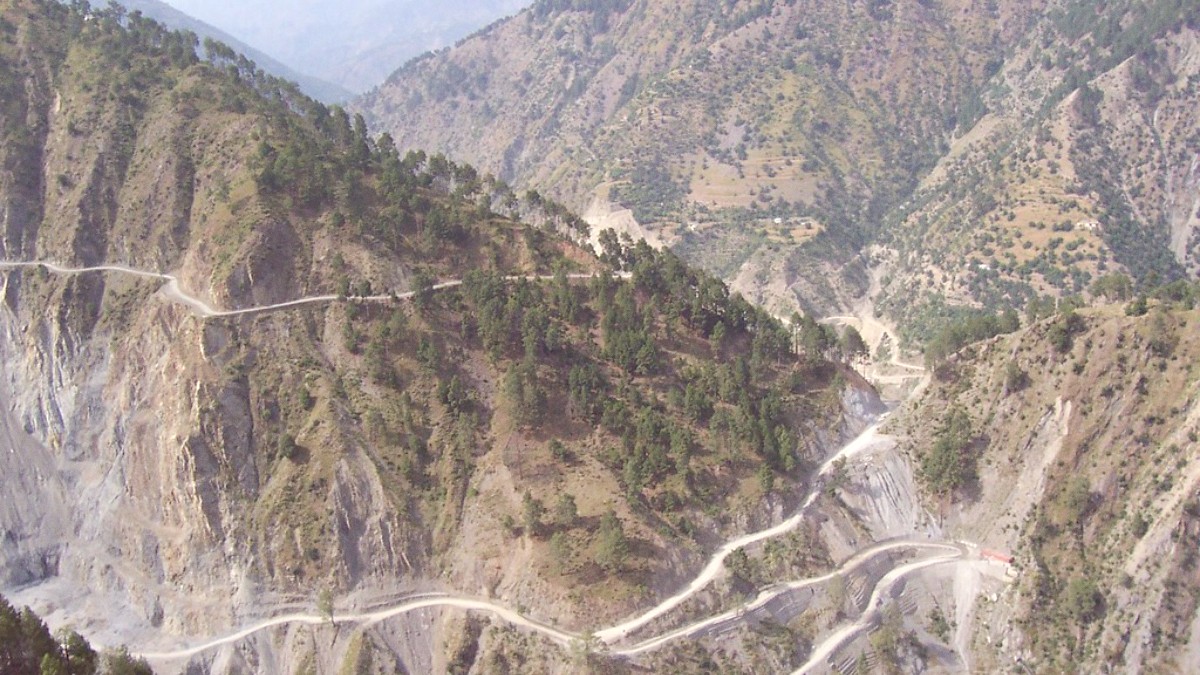
Jammu And Kashmir, India
Leh offers iconic landmarks, cultural institutions, and striking natural wonders.
Planning your visits is important to support acclimatization to the high altitude.
A 2-day trip with an overnight stay is recommended to explore Nubra Valley fully. A Ladakh map is helpful for planning.
Located on a hillock near Shey village, it houses a large copper-gilded gold statue of the Shakyamuni Buddha.
The current residence of the Ladakhi royal family, parts are open to visitors as a museum, displaying royal artifacts.
A significant monastery on a hill overlooking the Indus River, known for its Kali Mata temple.
One of the oldest monasteries in Ladakh, famous for its 11th-century murals and sculptures.
Ancient ruins and a monastery with impressive Buddha statues, presenting a glimpse into Ladakh's ancient capital.
Leh's landscape has striking natural wonders and unique geological features.
An optical illusion where vehicles appear to defy gravity and move uphill.
The meeting point of the turquoise Indus River and the muddy Zanskar River. Popular for river rafting.
Known for its diverse wildlife, including the elusive snow leopard and Tibetan wolf.
The region displays incredible moon-like landscapes and multi-colored mountains.
Pangong Tso, Tso Moriri, and Tso Kar are major water attractions, offering unique ecosystems.
These high-altitude lakes are the major water attractions, presenting unique ecosystems and views.
A peaceful monastery known for its collection of Thangka paintings and a museum.
Ancient ruins and a monastery with impressive Buddha statues, presenting a glimpse into Ladakh's ancient capital.
A peaceful village on the Leh-Srinagar highway, known for its camping sites and quiet atmosphere.
Explore less-visited but equally rewarding sites that highlight distinct local cultures.
For many attractions, especially those requiring Inner Line Permits, booking tours in advance or with local operators is advisable.
Online platforms can assist with planning and booking.
Access to certain areas like Pangong Tso and Nubra Valley requires an Inner Line Permit (ILP).
Local tour operators in Leh can arrange permits, transportation, and guides.
Utilize reputable online platforms for booking tours and activities.
While booking ahead is good, retain some flexibility in your itinerary.
Beyond the main attractions, Ladakh presents opportunities for cultural and environmental engagement.
Designated campsites exist in some tourist areas, offering structured outdoor stays.
Wild camping is possible in certain remote regions but often requires specific permits and a local guide.
Ladakh's clear skies and high altitude present exceptional opportunities for stargazing and astrophotography.
Join specialized tours to capture Ladakh's stunning landscapes and culture.
Explore the rich Buddhist heritage by visiting monasteries and spiritual sites.
Discover the unique geological formations and understand the region's tectonics.
Spend time in rural villages to experience authentic Ladakhi daily life and customs.
Participate in programs that foster direct interaction and learning from local communities.
Combine sightseeing with adventure activities for an exhilarating experience.
Support responsible tourism that benefits local communities and preserves the environment.
Allocate sufficient time for each site, especially those outside Leh, to support travel and exploration.
Always carry your Inner Line Permit for visits to restricted areas like Pangong Tso and Nubra Valley.
Leh offers opportunities for cultural and environmental engagement beyond typical tourist routes.
Ladakh transforms into a snowy wonderland during winter, offering unique attractions.
Capture the stunning beauty of Ladakh with these photogenic locations.
Explore ancient monasteries along scenic routes for a spiritual and historical journey.
Consider a local guide to learn about the history and significance of each site.
The Indus and Zanskar rivers offer both adventure and serene natural beauty.
Always use certified operators for river activities.
Experience the daily life and traditions of local Ladakhi communities.
This helps support sustainable tourism efforts.
Most sites within Leh town (e.g., Leh Palace, Shanti Stupa) are accessible by short walks or taxi.
Requires taxis or shared cabs; road conditions vary seasonally. Consider altitude when planning visits.
Sites like Pangong Tso and Tso Moriri require longer drives and suitable vehicles, especially 4x4s.